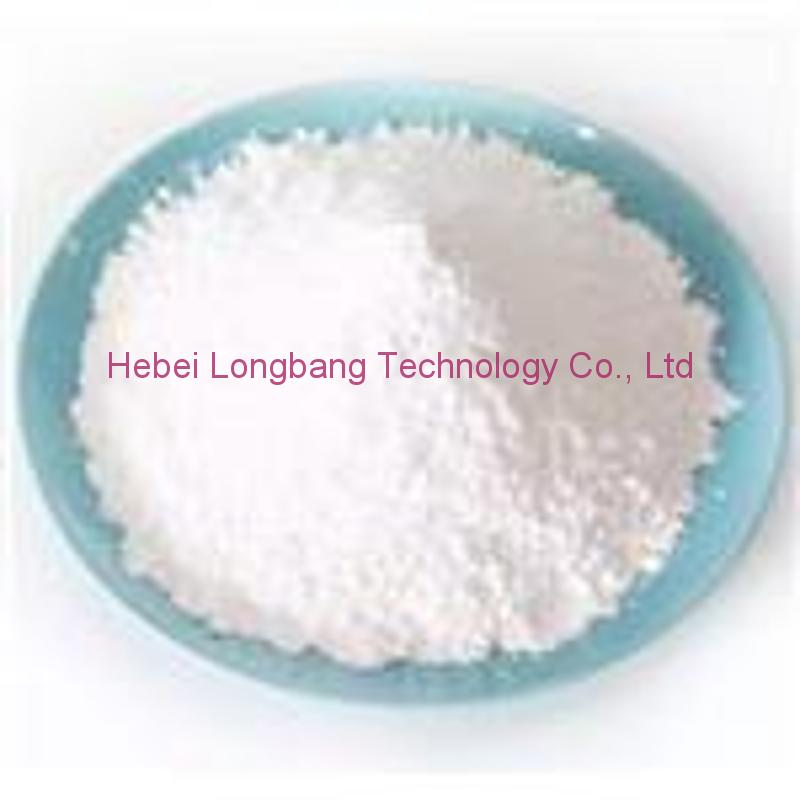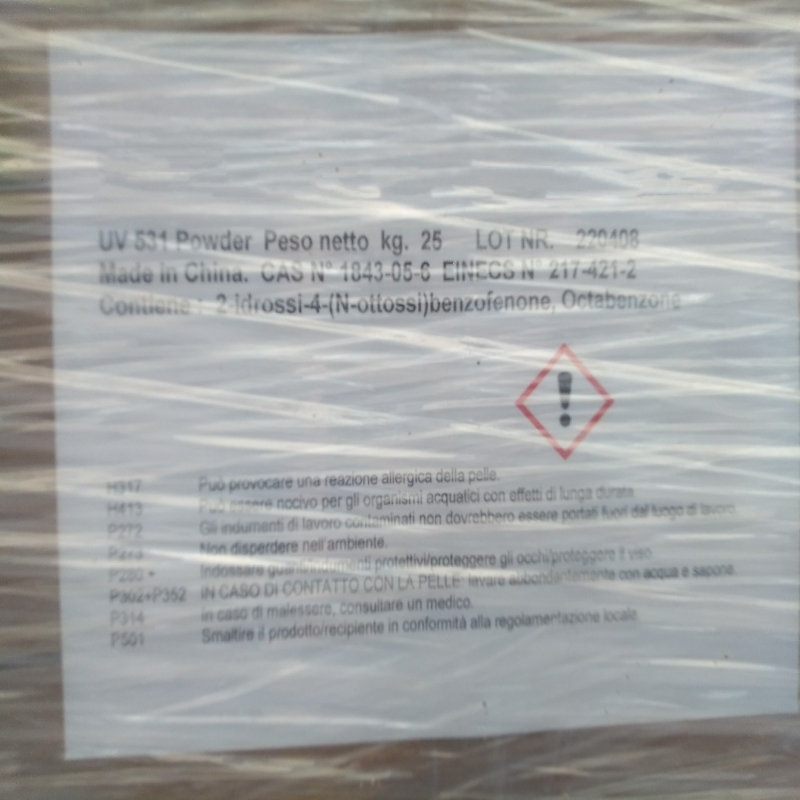-
Categories
-
Pharmaceutical Intermediates
-
Active Pharmaceutical Ingredients
-
Food Additives
- Industrial Coatings
- Agrochemicals
- Dyes and Pigments
- Surfactant
- Flavors and Fragrances
- Chemical Reagents
- Catalyst and Auxiliary
- Natural Products
- Inorganic Chemistry
-
Organic Chemistry
-
Biochemical Engineering
- Analytical Chemistry
-
Cosmetic Ingredient
- Water Treatment Chemical
-
Pharmaceutical Intermediates
Promotion
ECHEMI Mall
Wholesale
Weekly Price
Exhibition
News
-
Trade Service
According to local media reports, Iran's renewable energy generation (solar and wind) was only 219 MW in August 2015, and has now increased to 750 MW, indicating an increase of 512 MW over the aforementioned time span
.
In Iran's calendar year 1397, that is, from March 2018 to March 2019, Iran's total electricity generation was 80,000 MW, up from 78,484 MW in the previous year
.
According to a report by the Tasnim news agency, by the end of Iran's calendar year (March 2020), the country's power generation capacity will reach 85,695 MW
.
Currently, combined cycle power plants with a total power generation capacity of 25,083 MW account for the largest share of the country's total electricity generation, nearly 31%, followed by natural gas power plants with about 30%.
Hydropower plants account for 19.
87% of the country's total power stations, while hydropower accounts for 14.
8% of the country's total electricity, distributed generator sets account for 1.
5%, and renewable energy accounts for only 0.
79%
of Iran's total electricity generation.
In early May, the Department of Energy announced the government's plans to build 22 new power stations with a cumulative installed capacity of 3,933 MW
.
At the same time, Iran's Ministry of Energy will upgrade and improve the efficiency of existing power stations, expanding the capacity of 461 MW
.
According to local media reports, Iran's renewable energy generation (solar and wind) was only 219 MW in August 2015, and has now increased to 750 MW, indicating an increase of 512 MW over the aforementioned time span
.
In Iran's calendar year 1397, that is, from March 2018 to March 2019, Iran's total electricity generation was 80,000 MW, up from 78,484 MW in the previous year
.
According to a report by the Tasnim news agency, by the end of Iran's calendar year (March 2020), the country's power generation capacity will reach 85,695 MW
.
Currently, combined cycle power plants with a total power generation capacity of 25,083 MW account for the largest share of the country's total electricity generation, nearly 31%, followed by natural gas power plants with about 30%.
Hydropower plants account for 19.
87% of the country's total power stations, while hydropower accounts for 14.
8% of the country's total electricity, distributed generator sets account for 1.
5%, and renewable energy accounts for only 0.
79%
of Iran's total electricity generation.
In early May, the Department of Energy announced the government's plans to build 22 new power stations with a cumulative installed capacity of 3,933 MW
.
At the same time, Iran's Ministry of Energy will upgrade and improve the efficiency of existing power stations, expanding the capacity of 461 MW
.







